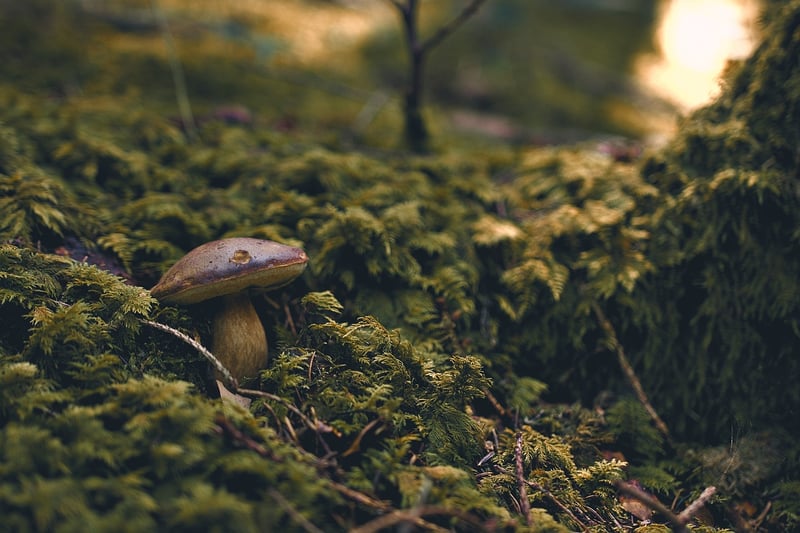Shade-Loving Plants

Enhancing Growth with Proper Lighting + Shade-Loving Plants
Having the right lighting conditions is crucial for the growth and well-being of your plants. While some plants thrive in bright, direct sunlight, others prefer shade to flourish. Understanding the lighting needs of your plants can help you create a thriving indoor or outdoor garden. In this article, we will explore the importance of proper lighting and introduce you to some beautiful shade-loving plants that can add a touch of green to your shaded spaces.
The Importance of Proper Lighting
Light is one of the essential elements for plant growth as it plays a vital role in photosynthesis. Different plants have varying light requirements, and providing them with the right amount of light can significantly impact their growth and overall health. Insufficient or excessive light can lead to stunted growth, yellowing leaves, or even plant death.
Types of Lighting
There are generally three types of lighting conditions that plants require:
- Full Sun: Plants that thrive in direct sunlight for at least 6 hours a day.
- Partial Sun/Partial Shade: Plants that prefer a mix of sunlight and shade.
- Shade: Plants that flourish in low-light conditions and prefer shade.
Shade-Loving Plants
If you have shaded areas in your garden or home, consider adding some of these beautiful shade-loving plants:
- Hostas: Known for their lush foliage, hostas thrive in shade and are available in a variety of colors and textures.
- Ferns: Ferns are elegant, low-maintenance plants that add a touch of greenery to any shaded spot.
- Bleeding Heart: This unique plant with heart-shaped flowers prefers shade and adds a romantic touch to gardens.
- Caladiums: Caladiums are prized for their vibrant, colorful leaves and do well in shaded areas.
Conclusion
By understanding the lighting needs of your plants and selecting the right ones for your space, you can create a lush and thriving garden, even in shaded areas. Experiment with different shade-loving plants to add variety and beauty to your indoor or outdoor environment.
Remember to regularly assess the lighting conditions in your space and adjust the placement of your plants as needed to ensure they receive adequate light for optimal growth.
Investing time and effort in providing proper lighting for your plants will result in a healthier and more vibrant garden that you can enjoy for years to come.
Images Source: Pixabay.com